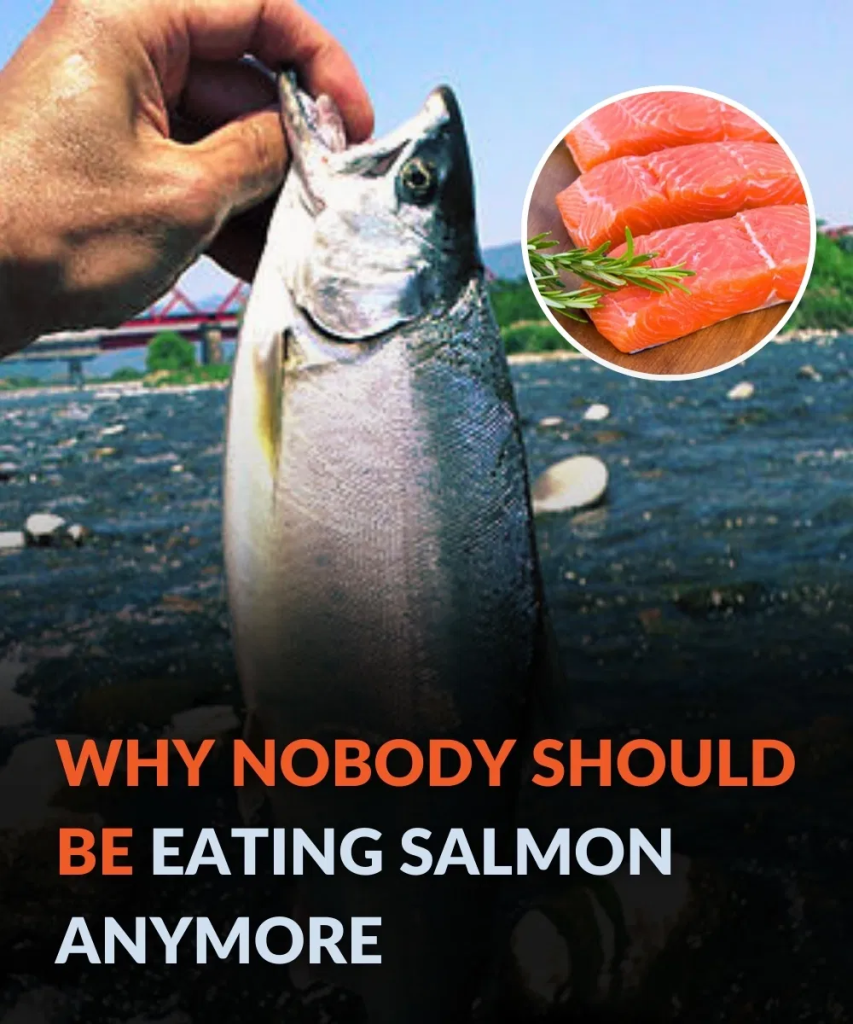
Salmon is renown for a nutritious food, providing an abundance of omega-3, protein and crucial vitamins. However, eating too much salmon can potentially bring many health risks. In this article, we will discover the harmful effects of eating too much salmon and important notes to use this food safely.
Characteristics of salmon
Salmon are migratory fish, living in both fresh and salt water environments. They are born in freshwater rivers, move to the ocean to mature and return to freshwater sources to reproduce.
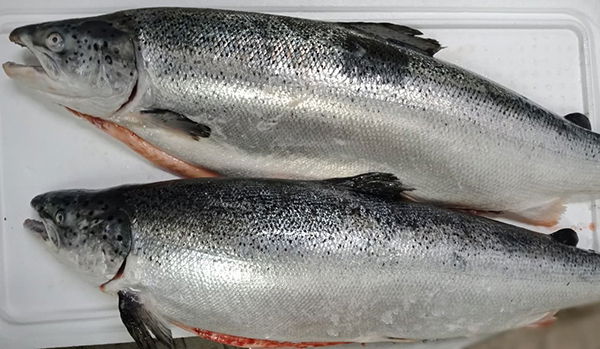
Salmon meat is high in protein, omega-3 fatty acids, vitamins D, B12 and minerals such as selenium, which help weaken the risk of cardiovascular disease and enhance brain function.
Some common species include Atlantic Salmon, Chinook Salmon (King Salmon), Sockeye Salmon, Dog Salmon, etc. Each species has its own different characteristics in shape, size, color, flavor and geographical distribution.
What harm can consuming too much salmon cause?
Salmon is a nutritious food, but eating too much can cause serious health risks. Here are some of the harmful effects of salmon on your health that you should be aware of:
High levels of toxic buildup
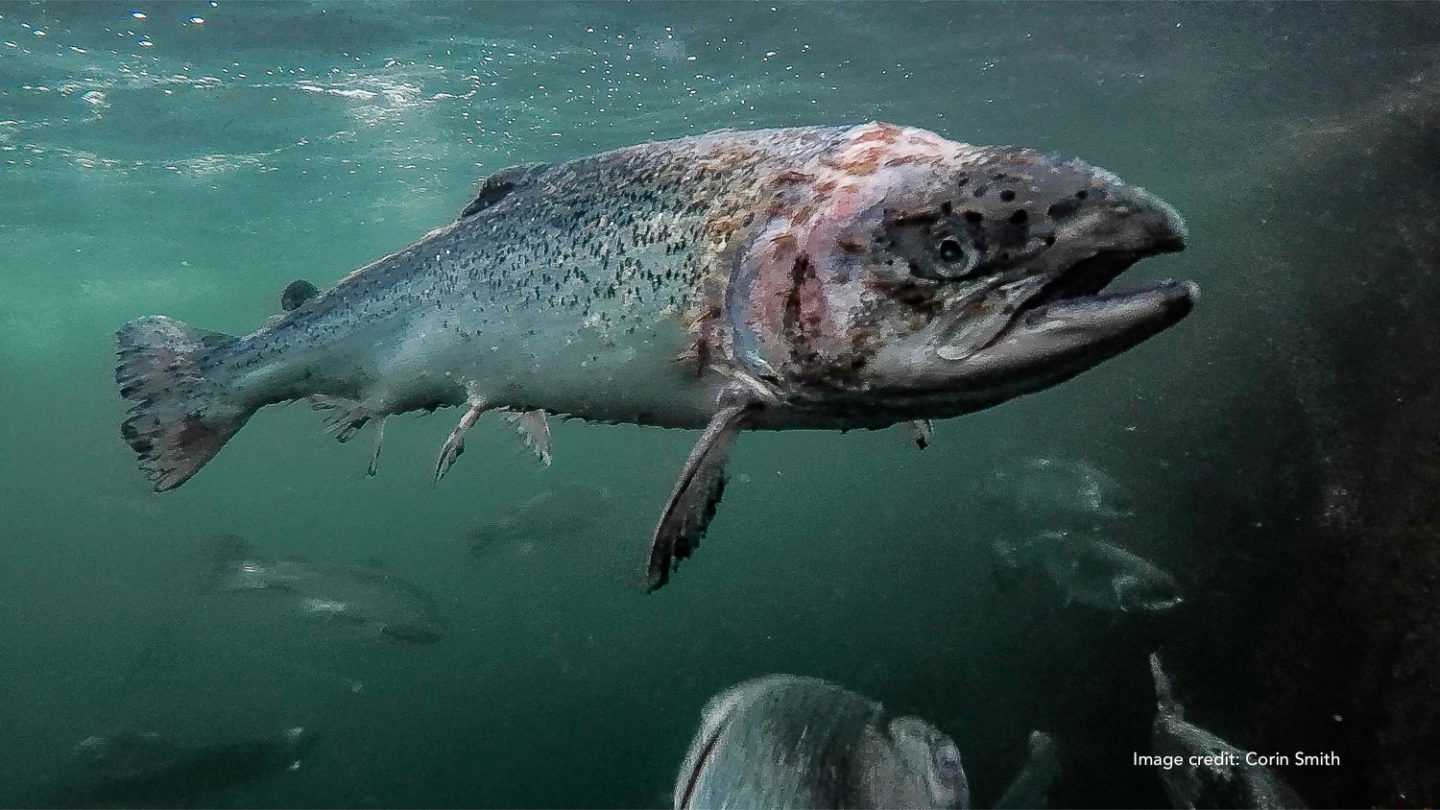
In addition to beneficial nutrients, salmon also consists of a relatively large amount of toxic substances such as heavy metals (mercury, lead, cadmium) and toxins (dioxin, PCB).
In particular, farmed salmon is often contaminated with polychlorinated biphenyls (PCBs) – a dangerous chemical compound. When eating too much salmon, PCBs will increase in the body, developing the risk of can.cer and harming the nervous and immune systems.
The dangers of using artificial colors
The characteristic color of salmon meat is usually pink to orange-red due to the natural pigment astaxanthin. Astaxanthin is a carotenoid with rich antioxidant properties, synthesized by algae and accumulated in the marine food chain. The astaxanthin content in wild salmon meat mirrors the nutritional quality and health of the fish.
In contrast, farmed salmon meat is often paler or completely lacking in its characteristic pink color, because of its diet of mainly industrial feed, which is deficient in astaxanthin. To solve this, many manufacturers have applied artificial colorings to make farmed salmon meat look similar to wild salmon. However, some types of colorings can lead to allergic reactions, metabolic disorders, and even consist of compounds that can cause can.cer.
Risk of sea lice infection
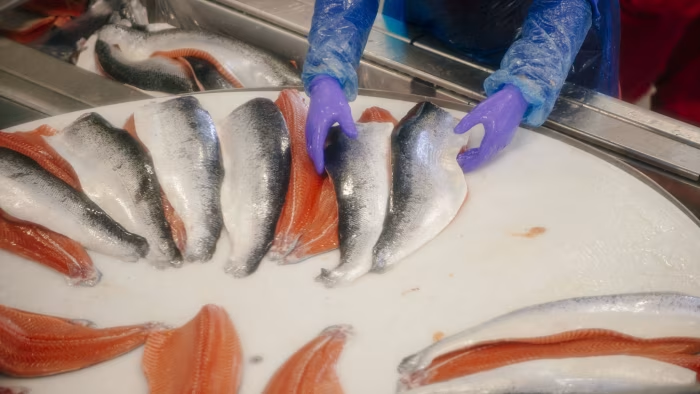
Salmon can be contaminated with parasites, of which sea lice are a typical example. Sea lice are parasites that fix themselves to the skin and gills of salmon leading to tissue damage that affects the health and reproductive ability of the fish.
Humans who consume large amounts of salmon can are diseased with sea lice, which can cause digestive problems and allergic reactions.
Salmon can also be contaminated with other parasites such as Anisakis. This parasite can enter the human body through the digestive tract and cause symptoms such as severe abdominal pain, nausea, diarrhea, and even severe allergic reactions.
Important notes when consuming salmon to avoid harmful effects
Here are some things to keep in mind when eating salmon to avoid harmful effects:
Choose a quality source of salmon:
Prioritize buying salmon from reputable suppliers with clear origins. In addition, it is crucial to check the food safety certificates that come with the product.
Control your intake:
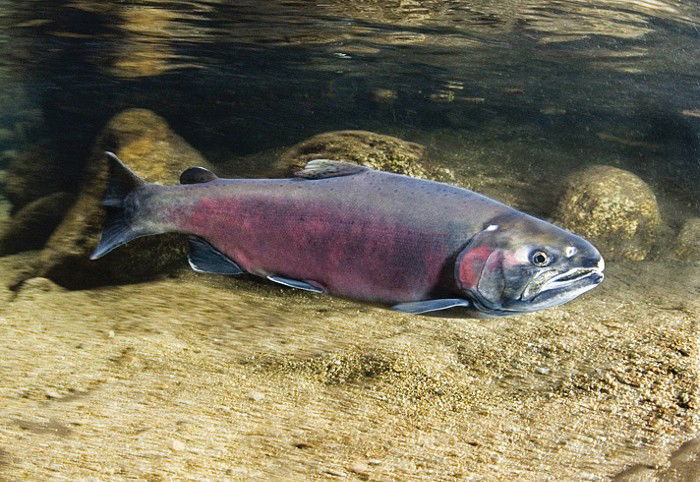
To both take advantage of the nutritional benefits of salmon and diminish the risk of harmful substances, you should only eat salmon in reasonable portions, about 2-3 times per week.
Draw attention to preparation:
Preparation helps ease the risk of toxins that may be contained in salmon. It is suggested to cook salmon rather than eat it raw, especially when the origin of the product is uncertain, to avoid the harmful effect a of parasitic or bacterial contamination.
Avoid salmon with unusual colors:
Farmed salmon is sometimes artificially colored to make it look more appealing. Consumers should be careful of fish that are unusually deep pink and should select products that are naturally colored and free of color additives.
Consult a dietitian:
If you have any health problems or special conditions, visit your doctor or dietitian for advice on how to safely eat salmon and what is appropriate for your individual needs.